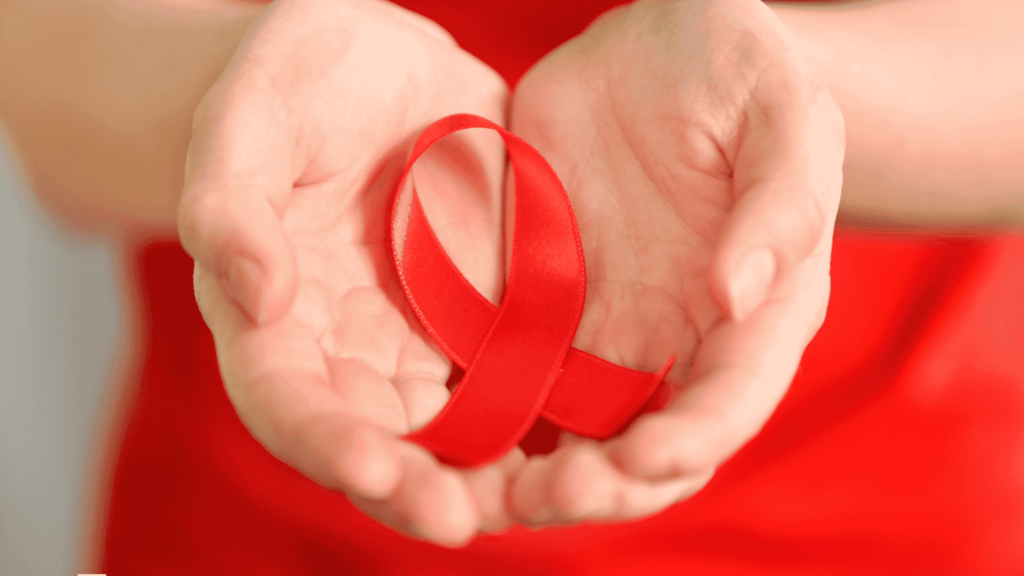Supporting Blood Cancer Patients with Hospice Care: A Comprehensive Guide for Medical Professionals
Blood cancers, including leukemia, lymphoma, and multiple myeloma, pose significant challenges for patients and their families. As these conditions progress, the need for comprehensive, compassionate care becomes paramount. Hospice care offers a multidisciplinary approach that focuses on quality of life, symptom management, and emotional support.
The Role of Hospice Care in Blood Cancer
Hospice care aims to provide comfort and dignity to patients with life-limiting illnesses. For those with blood cancer, hospice care offers several critical benefits:
- Symptom Management: Hospice teams are skilled in managing complex symptoms associated with blood cancer, such as pain, fatigue, and nausea. According to a study published in the Journal of Pain and Symptom Management, effective symptom control in hospice settings significantly improves patients’ quality of life (Smith et al., 2020).
- Emotional and Psychological Support: Blood cancer patients often experience significant emotional and psychological distress. Hospice care includes counseling and support services for patients and their families, helping them cope with the emotional burden of the disease.
- Holistic Approach: Hospice care adopts a holistic approach, addressing the physical, emotional, spiritual, and social needs of patients. This comprehensive care model ensures that patients receive well-rounded support tailored to their individual needs.
- Enhanced Communication: Hospice teams facilitate open communication between patients, families, and healthcare providers. This ensures that everyone is informed about the patient’s condition and care preferences, leading to more personalized and effective care plans.
Key Statistics
- Approximately 1.3 million people in the United States are living with blood cancer (Leukemia & Lymphoma Society, 2021).
- In 2021, an estimated 186,400 people in the U.S. were diagnosed with leukemia, lymphoma, or myeloma (American Cancer Society, 2021).
- A study found that hospice care reduces hospitalizations and emergency department visits for cancer patients by 60%, leading to improved patient satisfaction and reduced healthcare costs (Obermeyer et al., 2014).

How Hospice Care Benefits Blood Cancer Patients
- Pain and Symptom Relief: Hospice professionals are experts in palliative care, focusing on alleviating pain and managing symptoms to ensure patients’ comfort. For instance, they utilize advanced pain management techniques and medications to control severe pain, which is a common issue for blood cancer patients.
- Psychosocial Support: Hospice care includes comprehensive psychosocial support services. Social workers and counselors provide emotional support, helping patients and families navigate the complexities of blood cancer.
- Spiritual Care: Many patients find solace in spiritual care during their hospice journey. Chaplains and spiritual advisors offer support that aligns with patients’ beliefs and values, fostering a sense of peace and fulfillment.
- Family Support: Hospice care extends to families, offering bereavement support and counseling. This support is crucial in helping families cope with the impending loss and the emotional aftermath.
Hospice care offers a compassionate and comprehensive approach to supporting blood cancer patients, addressing their complex needs with expertise and empathy. By focusing on symptom management, emotional support, and holistic care, hospice care ensures that patients can live their final days with dignity and comfort.
Medical professionals are encouraged to refer blood cancer patients to hospice care early in their diagnosis to maximize the benefits of this comprehensive care model. By collaborating with hospice care providers, healthcare professionals can enhance the quality of life for their patients, ensuring they receive the comfort and support they deserve.
For more information or to make a referral, please contact us.
References
American Cancer Society. (2021). Key Statistics for Blood Cancers. Retrieved from https://www.cancer.org/cancer/blood-cancer/about/key-statistics.html
Leukemia & Lymphoma Society. (2021). Facts and Statistics. Retrieved from https://www.lls.org/facts-and-statistics
Obermeyer, Z., Makar, M., Abujaber, S., Dominici, F., Block, S., & Cutler, D. M. (2014). Association Between the Medicare Hospice Benefit and Health Care Utilization and Costs for Patients With Poor-Prognosis Cancer. JAMA, 312(18), 1888–1896. doi:10.1001/jama.2014.14950
Smith, T. J., Temel, J. S., & Balboni, T. A. (2020). Promoting Early Palliative Care for Advanced Cancer Patients. Journal of Pain and Symptom Management, 60(1), 12-15.





